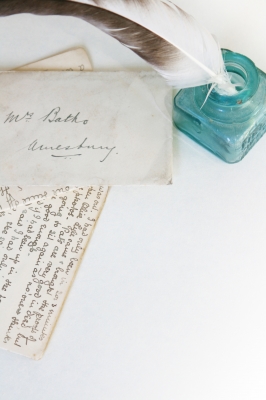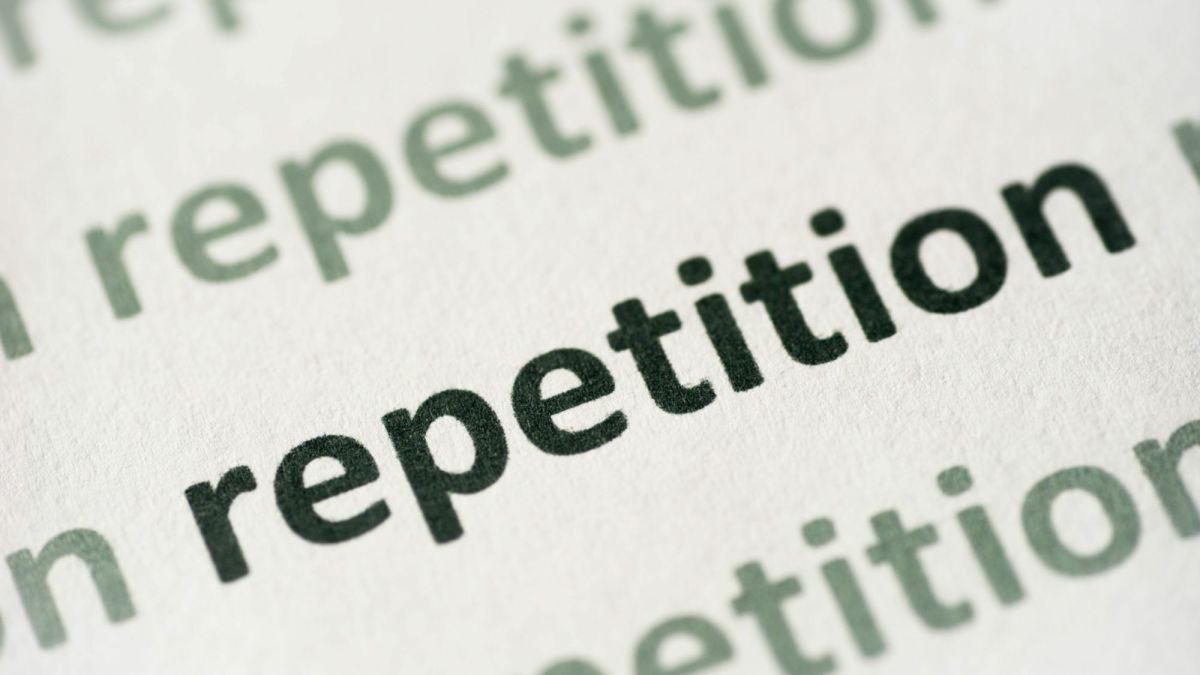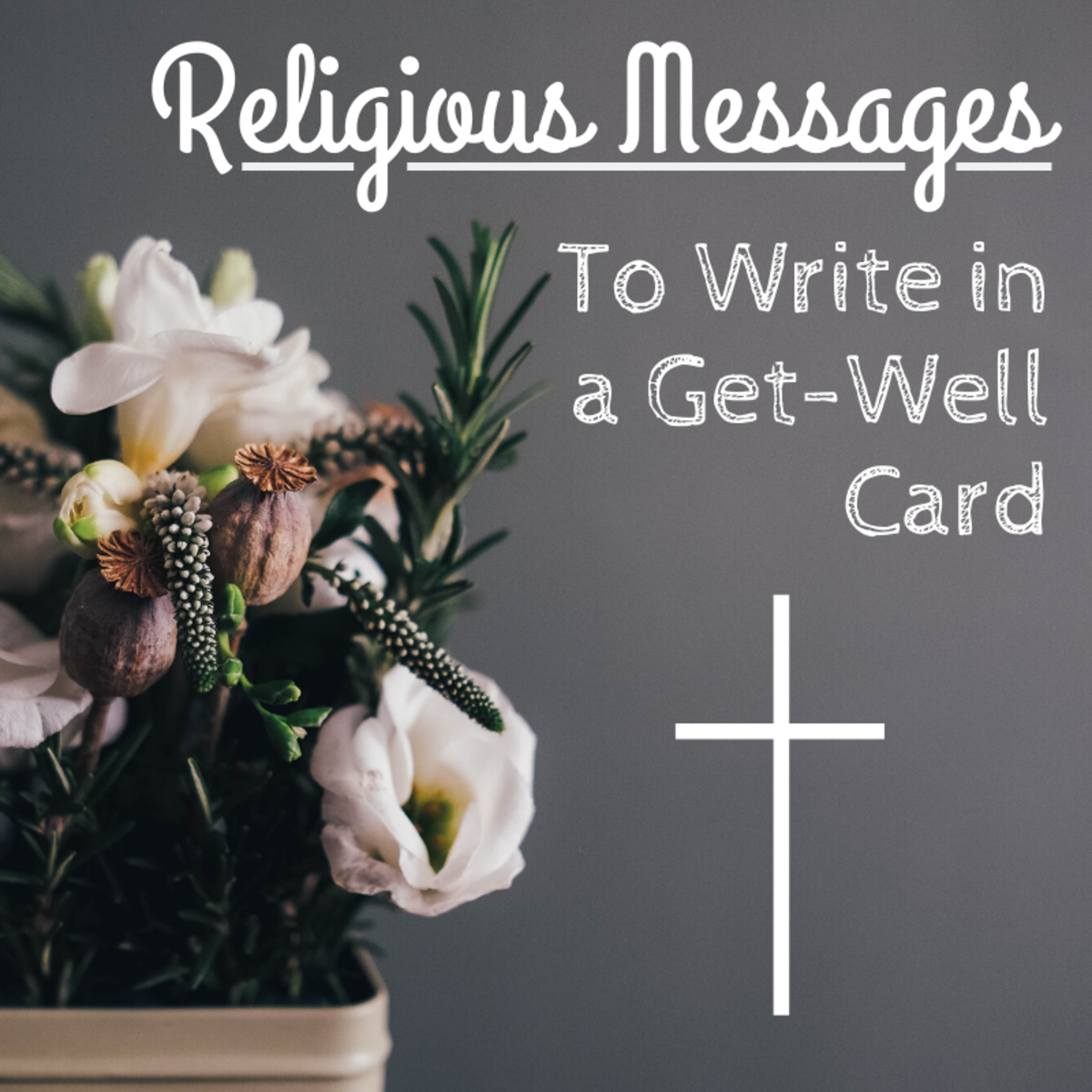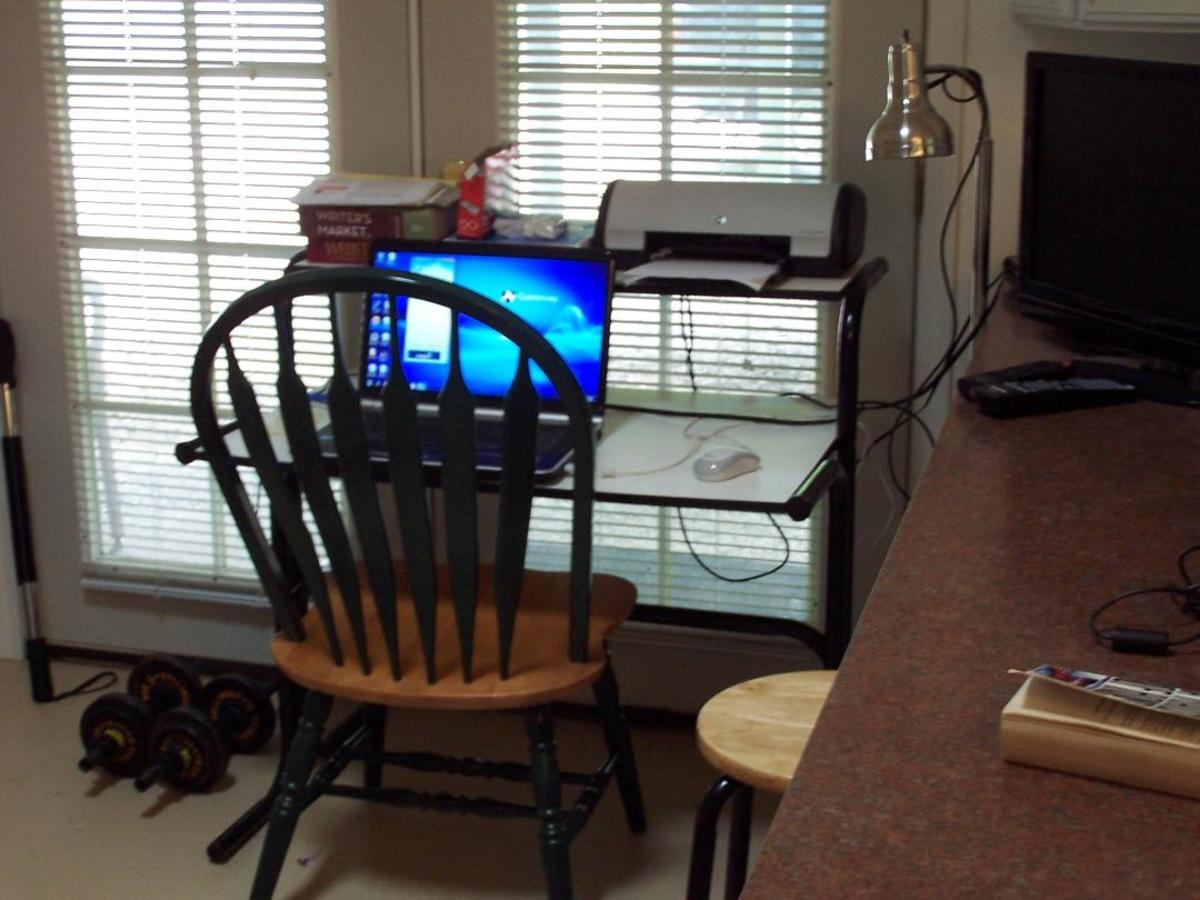Effective Writing: The Unity of Ideas

1. Connecting Paragraphs with Transitions
When you use certain words to connect ideas, paragraphs come together and share a common bond. Transitional devices are words or phrases that add style and cohesion to the progression of paragraphs.
You can use transitional words and phrases that add, compare, prove, repeat, show time, emphasize, and summarize.
Transitional Devices
Much too many words to list here, these are a few examples of transitional devices. Again, and then, besides, finally, further, nor, too, next, lastly, in addition, first, second, third, on the other hand, however, nevertheless, on the contrary, by comparison, where, compared to, but, although, conversely, meanwhile, after all, in contrast, and although this may be true.

Transition Examples and Revisions
Example: Use sentences to construct ideas into paragraphs. Each paragraph adds to the general idea and builds the big picture.
Another thing to include in the content is proper use of grammar.
Now join these 2 paragraphs together with a transitional device and connect ideas:
Revision of the Example: Use sentences to construct ideas into paragraphs. Each paragraph adds to the general idea and builds the big picture.
Equally important, the content should include the proper use of grammar for clarity.

You can also join paragraphs by highlighting ideas from the last idea to the next paragraph:
Example: The end of the 3rd quarter produced a high rate of profits and increased clients from the automotive industry. Approximately 80 percent of customers remained with their original markets.
Many people in the new client base were attracted from campaigns in Europe in the 3rd quarter.
Instead of treating paragraphs as separate ideas, transitions can help readers follow the thoughts of the writer in a sequence of ideas.
Example: The end of the 3rd quarter produced a high rate of profits and increased clients from the automotive industry. Approximately 80 percent of customers remained with their original markets.
Revision: These impressive profits are largely due to the corporation's expanded international influence.

Connect ideas in 2 separate paragraphs by using a transition device to compare information
Example: Don’t mistake more expensive sunglasses for better protection. Many sunglasses with higher prices lean more towards fashion than protection. A less expensive pair may actually offer more protection, so always check the UV block details.
Many fashionable sunglasses are stylish and trendy and do provide UV protection.
Compare the 2 paragraphs with a transition that smooths the break between paragraphs.
Example: Don’t mistake more expensive sunglasses for better protection. Many sunglasses with higher prices lean more towards fashion than protection. A less expensive pair may actually offer more protection, so always check the UV block details.
Revision: On the other hand, some fashionable sunglasses do offer trendy styles with UV protection.

2. Managing Wordiness:
If sentences are “wordy” and “redundant”, your reader will become tired and lose interest in your writing. Managing the wording of sentences gives you credibility as a writer, communicates effectively with your reader, and creates persuasive and interesting ideas for your readers. In the following example, the ideas of the sentence are less “wordy” with little or no change in the meanings.
People listen and think 4 times faster than they speak, and listening to a slow talking speaker puts people in a proverbial coma. Reading is no different and “too many” words will put them to sleep, or convince them to move on. Trim down sentences to the least words and still keep the main idea.
Example: The long road twisted and turned over the windy and breezy country side.
Revision: The road twisted over the windy country side.
Example: The one time I went sky diving and I just wanted to scream after I left the plane and almost forget to open my parachute.
Revision: Once I went skydiving and became so nervous I almost didn’t open my parachute.
Example: So many people feel like they can’t understand what I’m trying to write because my sentences use too many words.
Revision: When my sentences are wordy, many people can’t understand what my ideas are.
3. Create Beauty with Parallelism
Use the same pattern of words to show that two or more ideas have the same importance. Readers actually expect to see parallelism in writing and may perceive breaks as “bumps” in the text. Maintaining a parallel structure gives balance and increased clarity to the English language. The most common errors are the mixing of –ing and –ed word forms.
Not Parallel: An important part of instruction is speaking, linking, and to make assumptions of the audience’s comprehension.
Parallel: An important part of instruction is speaking, linking, and assuming the comprehension of the audience.
Mixing patterns of infinitive phrases (to do) is another common mistake in parallelism
Not Parallel: The text is this Hub is forcing me to sleep, to yawn, and start thinking about rearranging my sock draw.
Parallel: The text is this Hub is forcing me to sleep, to yawn, and to think about the rearrangement of my sock draw.

Another common error in parallelism is mixing the forms of words
Not parallel: The manager was asked to write his white paper quickly, accurately, and in a detailed manner.
Parallel: The manager was asked to write his report quickly, accurately, and thoroughly.
If a sentence begins with a parallel clause, it must continue to use parallel clauses throughout.
Not Parallel: The thesaurus is used for these purposes: to find word meanings, pronunciations, correct spellings, and looking up irregular verbs.
Parallel: The thesaurus is used for these purposes: to find word meanings, pronunciations, correct spellings, and irregular verbs.
Writing well includes transitional devices, the management of wordiness, and parallelism in sentences.
Good writers know how to communicate effectively and persuade them with arguments and ideas. The English language can be challenging in writing because of the huge differences in the spoken word and the written word. Keep your readers listening to your writing with good structure and a well defined unity of ideas.
Was this Hub Helpful?
Was this Hub Helpful to Your Writing?
Future Hubs on Grammar and Punctuation
I Would Like to See More Hubs on Writing:
Effective Writing: Taking the Reader on Your Journey
- Effective Writing: Leading the Reader on Your Journey
If you like this Informational Hub, you may be interested in another article on the mechanics and clarity of writing well.
Free Tutorials on Writing for a Living
- www.chatstarstv.com
Learn more about writing for a living with great tips and tricks!








